Dollar is steady after minutes of May 1 FOMC meeting showed that Fed is in no rush to move interest rates, up or down. The minutes noted that “members observed that a patient approach…would likely remain appropriate for some time”. The tone regarding the economy was also upbeat, due to upside surprise in Q1 growth. GDP was forecast to “expand at a rate above the staff’s estimate of potential output growth in 2019 and 2020 and then slow to a pace below potential output growth in 2021”. Recent weak inflation was also viewed by many participants “as likely to be transitory.”
However, firstly, there was increasing concerns over persistence of low inflation. “Several participants commented that if inflation did not show signs of moving up over coming quarters, there was a risk that inflation expectations could become anchored at levels below those consistent with the committee’s symmetric 2% objective.” Secondly, the meeting was held before current round of escalation in US-China trade war. It is possible that the Fed would turn more cautious over the economic outlook at the June meeting, when the members take into account the effects of recent re-escalation of US-China trade war.
For now, comments from Fed officials are generally inline with the minutes. But as more data come in, upcoming rhetorics leading to June FOMC meeting would reveal if there would be a shift in the board.
Suggested readings on FOMC minutes:




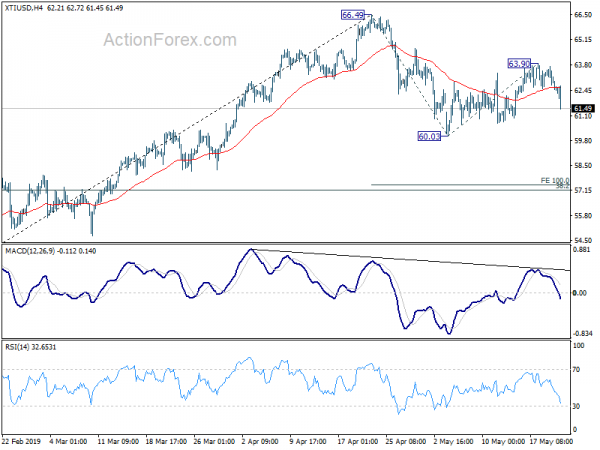
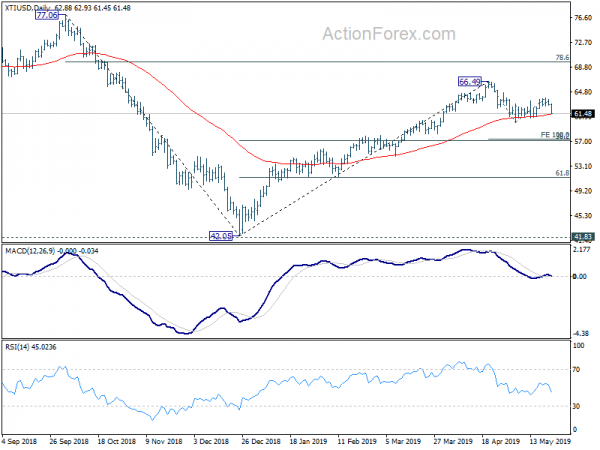
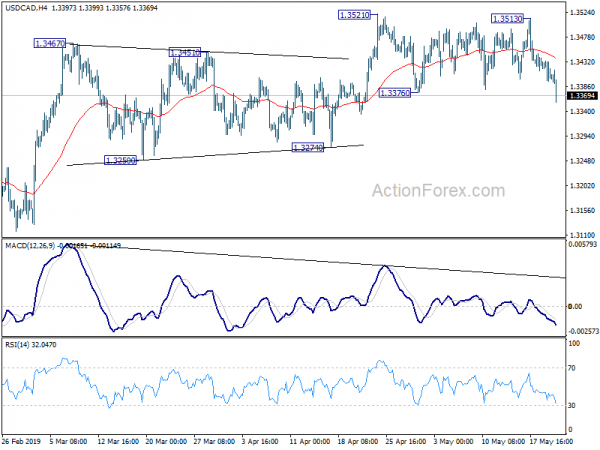
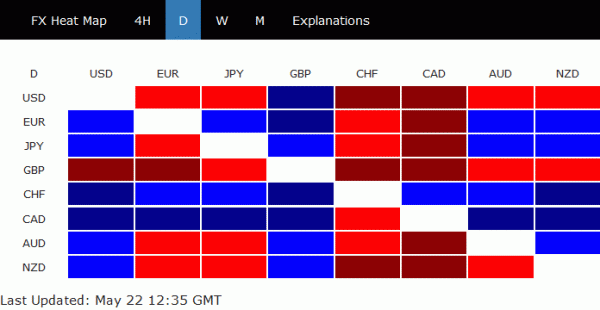
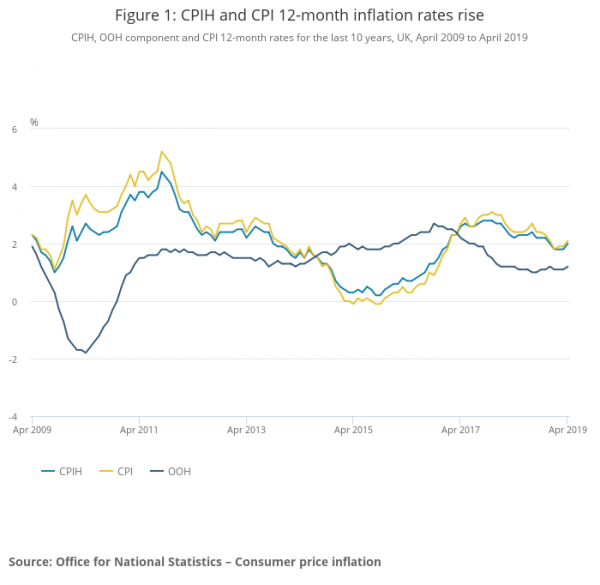
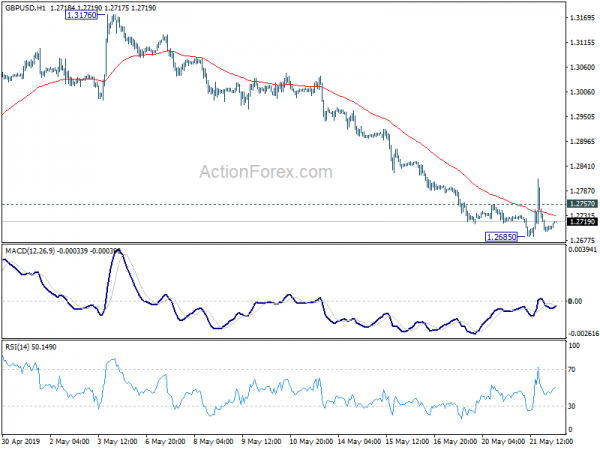
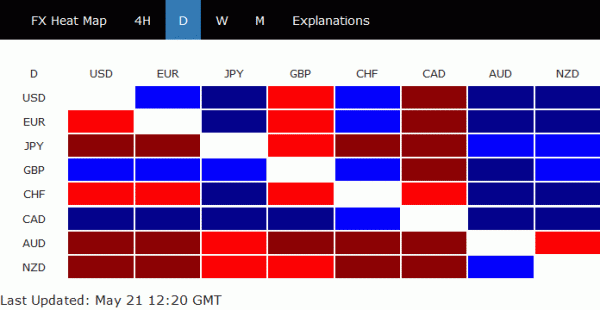
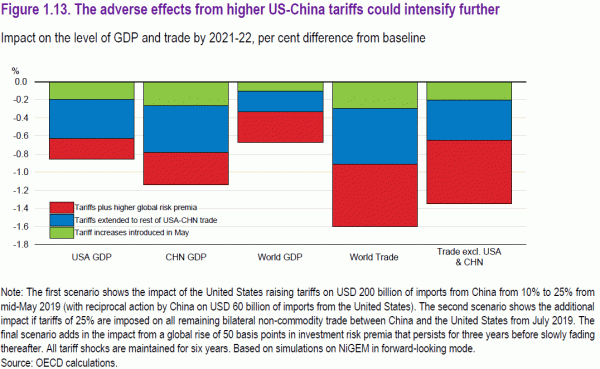
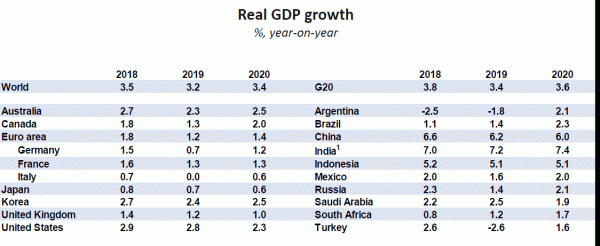

Japan PMI manufacturing dropped to 49.6, re-escalation of US-China trade frictions heightened concern
Japan PMI manufacturing dropped to 49.6 in May, down from 50.2 and missed expectation of 50.5. The reading is also back in contraction territory. Markit noted that output and new orders decrease for fifth successive month. Businesses cast pessimistic outlook towards the coming year for the first time in six-and-a-half year.
Commenting on the Japanese Manufacturing PMI survey data, Joe Hayes, Economist at IHS Markit, which compiles the survey, said:
“Following some tentative signs that the downturn in Japan’s manufacturing sector had softened in April, flash data for May revealed these were short-lived, as output and export orders fell at stronger rates. The re-escalation of US-China trade frictions has heightened concern among Japanese goods producers. Underlying growth weakness across much of Asia led to struggling exports, which fell at the sharpest rate in four months. Difficulties on the international front merely add to uncertainties domestically, with upcoming upper house elections in July, and the impending sales tax hike later this year. Subsequently, sentiment turned negative in May for the first time in six-and-a-half years.”
Full release here.